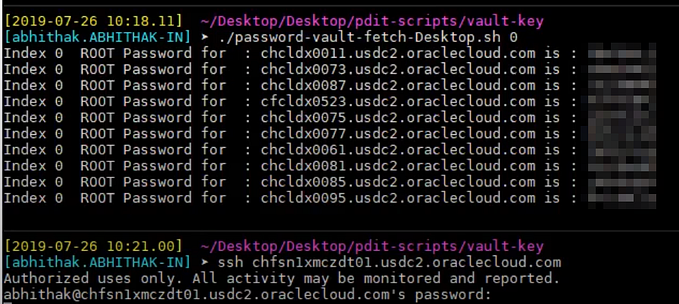Unleashing the Power of Web3: Understanding the Differences between Web2 and Web3

The World Wide Web has come a long way since its inception in the early 90s. Today, it is a vital part of our lives, connecting us to the world and providing us with a wealth of information and opportunities. However, the web has also evolved over the years, and it's now at a critical juncture. The current web, known as Web2, has several limitations and challenges, including privacy concerns, data misuse, and a centralized architecture that leaves users vulnerable to security breaches. The good news is that a new generation of the web, known as Web3, is emerging, and it promises to address these challenges and take the web to a whole new level.
Web2 and Web3 are two distinct stages of the World Wide Web, each with its own unique characteristics and features. In this article, we'll delve into the differences between Web2 and Web3, and explore how Web3 is set to revolutionize the way we interact with the internet and with each other.
Web2: The Current State of the Web
Web2 represents the second generation of the web and refers to the current internet infrastructure. In this model, user data is stored and managed by corporations such as Google, Facebook, and Amazon, who act as intermediaries between users and the web. The web is also built on centralized servers, which means that user data is centralized and controlled by a few corporations. This centralization of data has several implications, including:
Limited control over user data: In Web2, users have limited control over their data, and it's vulnerable to security breaches and data misuse.
Privacy concerns: Web2 is built on a centralized architecture, and user data is stored in the hands of a few corporations. This raises significant privacy concerns, as users have limited control over who can access their data and how it's used.
Vulnerability to security breaches: Web2 is built on centralized servers, which makes it vulnerable to security breaches and hacking attacks. The recent data breaches at major corporations such as Equifax and Marriott are prime examples of this vulnerability.

Web3: The Next Generation of the Web
Web3 is the next generation of the web that promises to bring in a more decentralized and user-centric approach. It's built on blockchain technology and enables the creation of decentralized applications (dApps) that eliminate the need for intermediaries and centralized servers. With Web3, user data is stored on the blockchain, which makes it more secure and immutable. This means that user data can't be altered or deleted without the user's consent, and the risk of data breaches and misuse is significantly reduced.
One of the key differences between Web2 and Web3 is the way data is exchanged and stored. In Web2, data is centralized and controlled by a few corporations, while in Web3, it's decentralized and spread across a network of nodes, making it more secure and accessible to users. This decentralized architecture eliminates the need for intermediaries and centralized servers, and it enables users to have complete control over their data and privacy.
Another difference is the way in which Web2 and Web3 enable transactions. In Web2, transactions are processed by intermediaries, who take a fee for their services. In Web3, transactions are processed by the network, and the fees are significantly lower. This makes Web3 a more cost-effective option for users, as they don't have to pay high fees to intermediaries.
Web3 also enables the creation of decentralized autonomous organizations (DAOs) that allow users to participate in decision-making and governance. This means that users have more control over the direction and development of the applications and platforms they use, as well as the ability to share in the benefits of those platforms.
One of the most exciting aspects of Web3 is the potential for new and innovative applications and platforms to be developed. With the decentralized and user-centric approach of Web3, developers have the freedom to create applications that truly put the needs and interests of users first. This opens up new possibilities for the creation of platforms that are more secure, accessible, and equitable.

In conclusion, Web3 represents the next generation of the web, and it promises to bring in a more decentralized and user-centric approach. With its blockchain technology, Web3 eliminates the need for intermediaries and centralized servers, providing users with more control over their data and privacy. Additionally, Web3 enables the creation of decentralized applications and organizations, opening up new possibilities for innovation and growth. While Web2 has served us well for many years, it's time for a new and better web, and Web3 is the solution.









